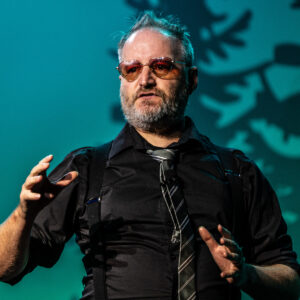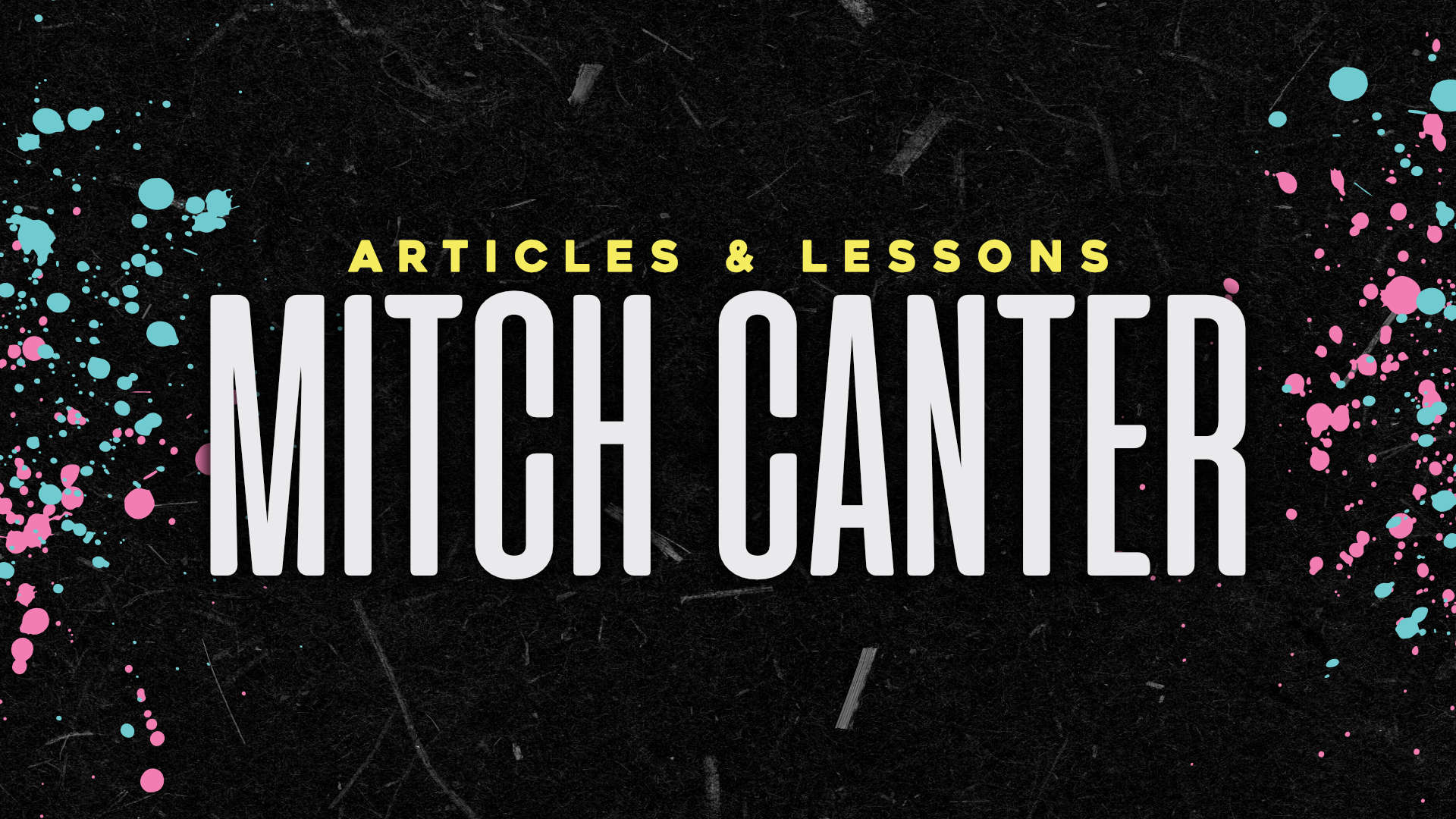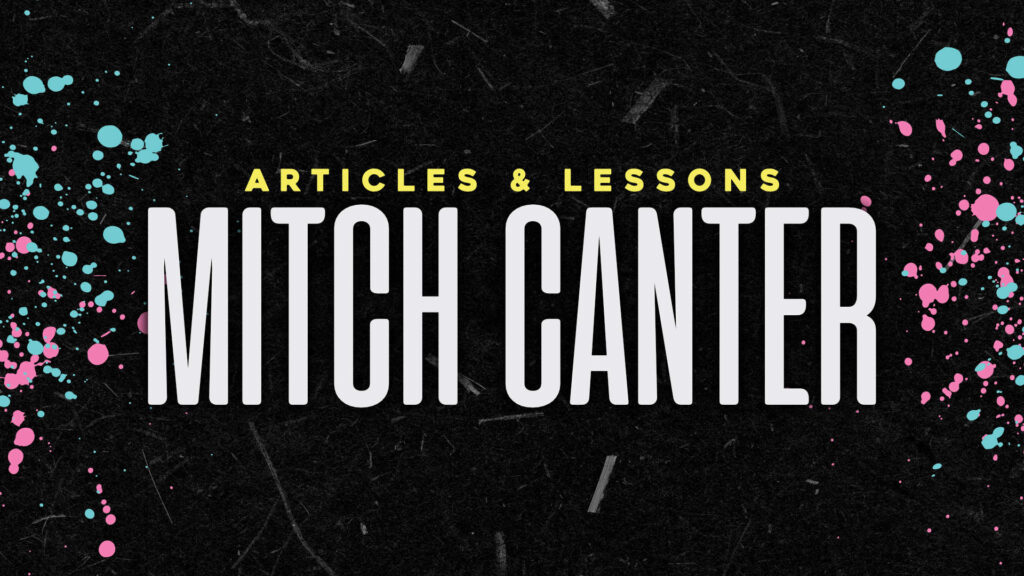So you’ve gotten your new website up and ready to go – and you’re chomping at the bit to add some delicious content. But don’t jump the gun just yet – there’s a few things you need to do before you start releasing your new site to the masses.
1. Change your Permalinks
Right now when people try to view your blog all they see is your URL and a string of numbers – hardly appealing to your readers, or to the search engines. It’s dead simple to change them. Just go into your Settings > Permalinks page and either select one of the options or enter your own. I prefer “category/postname” but everyone has their own preferred method.


2. Change your Admin Password
You DID use a different admin account other than “admin” right? If you use admin as your username, you are giving hackers 50% of the information they need to log into your site. Do yourself a favor: use a different username and pick a great password. And change it often. Already created that “admin” account? Simply create a new one (NOT named admin), give it administrator privileges, and delete your admin account. You can migrate your posts over to the new user in one go.

3. Rename your Default Category
Uncategorized is not a category – it’s a sign that you don’t care enough to sort your content. Do yourself a favor and rename that to whatever you want (news, personal, etc.). Make sure it’s relevant to the topic at hand. If you’ve already posted into the category, no problem! All the changes are retroactive, so anything new will be added to the right category automatically, and any old posts will be transferred over. Simply go to Posts > Categories and edit the category you choose. Make sure to edit both the category name and the slug (the url base for that category).
As a bonus tip, if you want a cool way to showcase some content on your category archives, you can add <?php echo category_description(); ?> to your archive pages – then you can add descriptions to further focus your SEO and give your readers an intro to each category.

4. Change your Title / Description
I can’t tell you how many RSS feeds I visit that have “Just Another WordPress Blog” as their description – or even worse, nothing! Make sure it’s relevant to your topic. You can change it under Settings > General.

5. Add In Some Fun Plugins
- Livefyre – Social Commenting System
- All In One SEO / Yoast SEO – for… uh… SEO
- Google Analyticator – Google Analytics
- Woopra – Woopra Analytics
- Digg Digg / SexyBookmarks – social sharing
- Google XML Sitemaps – creates a crawlable sitemap for Google
- Shadowbox JS – allows javascript click-to-view-larger-image capabilities
- W3 Total Cache – caches site and allows for faster load times
- WP Touch – mobile optimized site


